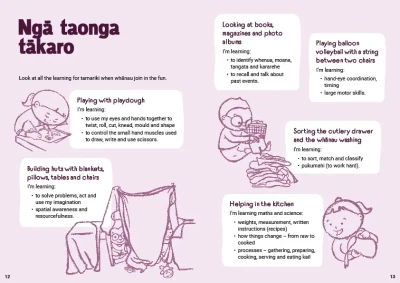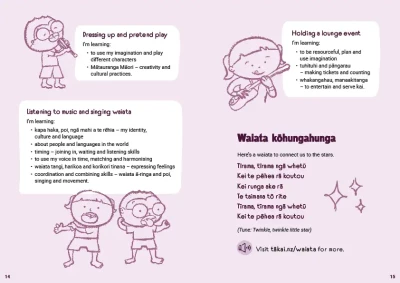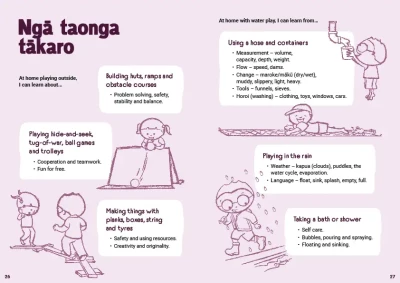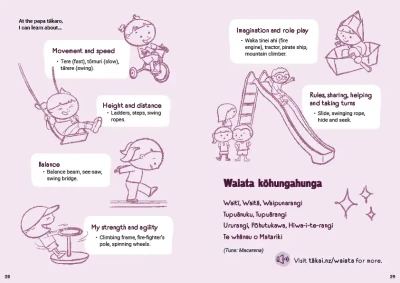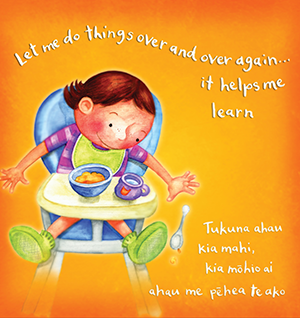
Using the fine muscles in our hands
Children develop their fine muscles as they play and practise. Whānau can do a lot to support this development, which leads to other skills like writing, playing music and sewing.
The small muscles in our fingers, hands, toes and feet are called fine muscles. These develop later than the big or gross muscles in our arms and legs.
Ask whānau:
- What has your tamaiti been doing lately where they’re using their hands and fingers?
Quickly and confidently
As they do things, the connections in the child's brain get a fatty coating of myelin, which acts like an insulation. Through this, the messages from eyes to brain to hands move faster, enabling a child to do things more quickly and confidently.
Let’s think about how many fine muscle movement skills a tamaiti has learned since they were a tiny pēpi. They started with holding your finger and progressed through:
- reaching to touch
- batting
- grasping
- mouthing
- shaking
- banging
- using 2 hands to bang things together
- holding and dropping a thing and turning it to see all sides
- rolling and throwing a small ball
- developing the pincer grasp
- turning pages
- holding a spoon
- feeding themselves
- stacking a few blocks
- taking things apart
- posting things into holes
- scribbling
- squeezing playdough
- rolling playdough
- digging in the sand
- pushing a remote control button
- swiping an iPhone!
Ask whānau:
- Is there anything else they can do now?
- What have you noticed about how they hold pencils and pens?
Learning becomes automatic
Many actions have become automatic for them, compared with when they were younger. Back then, everything was slower and they needed to concentrate more. It’s like any learning we accomplish, for example, putting a nappy on a baby. At the start, we go through each step slowly and purposefully until suddenly we find ourselves on auto-pilot, hardly thinking about what we’re doing.
Ask whānau:
- What skills have you seen in your tamaiti that seem to be automatic, or that they’re able to do easily and confidently?
Play and practice
Two keys to developing skills and becoming confident in them is play and practice.
Play lets a child relax and repeat actions as many times as they like. The repetition makes the connections much stronger between the eyes, the brain and the hands.
Support from their whānau
Whānau have played a huge part in the development of their child’s skills so far. Their tamaiti wouldn’t have made such progress without the:
- opportunity – a place to play safely with safe things to explore
- encouragement – praising their efforts, sharing their excitement
- patience – letting them do the same things over and over, even when whānau have had enough!
- understanding – these early skills using hands and eyes together lay the foundation for other skills like writing, playing music, sewing, weaving and cooking.
Take another look at the Whakatipu booklet Te Māhuri, pages 12–15 and 26–29. Everyday activities at home, in the garden, in the neighbourhood and at the marae, the moana and the awa all provide great opportunities for tamariki to develop and strengthen their fine motor skills.
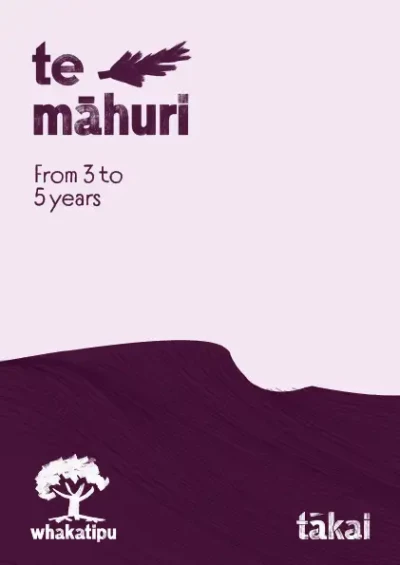 pdf 11 MB
pdf 11 MB
